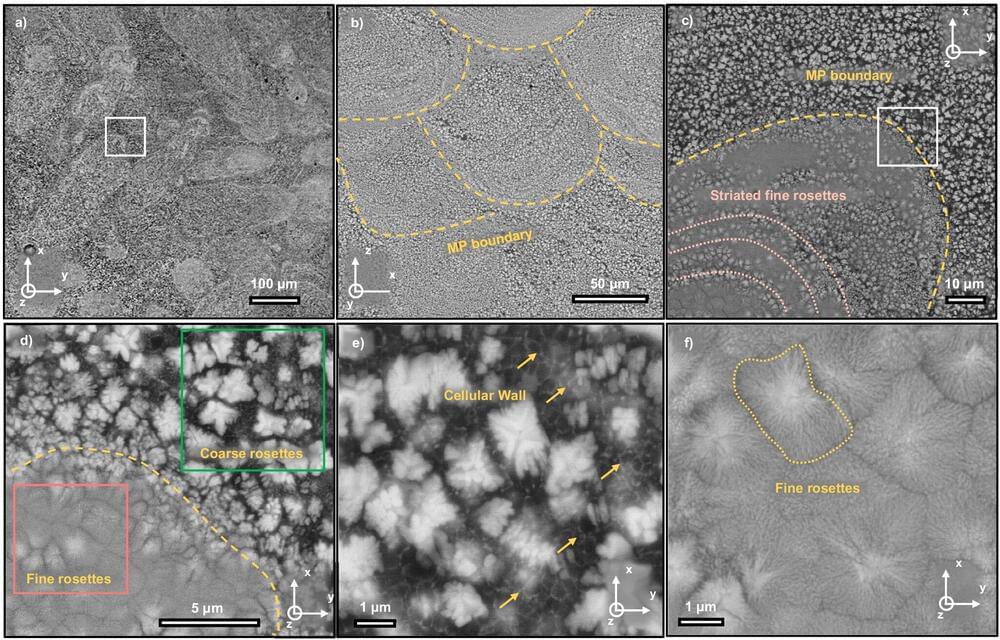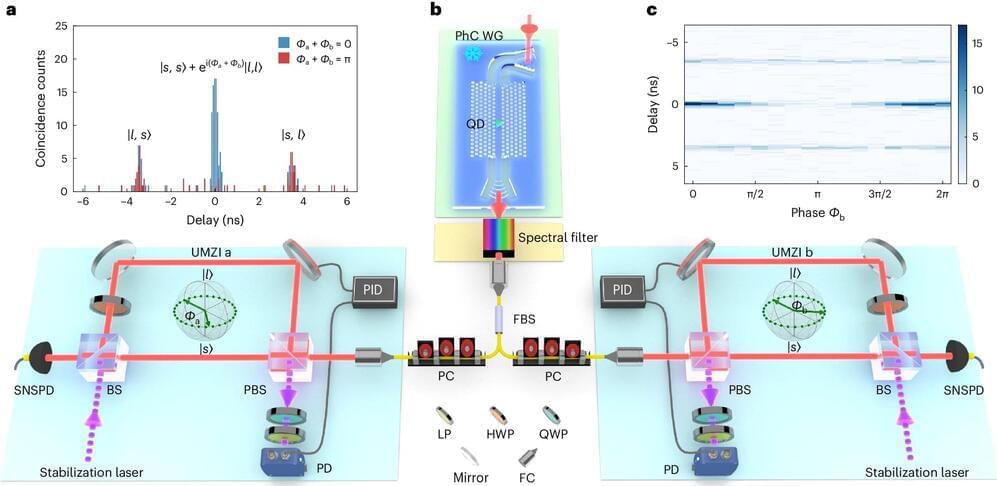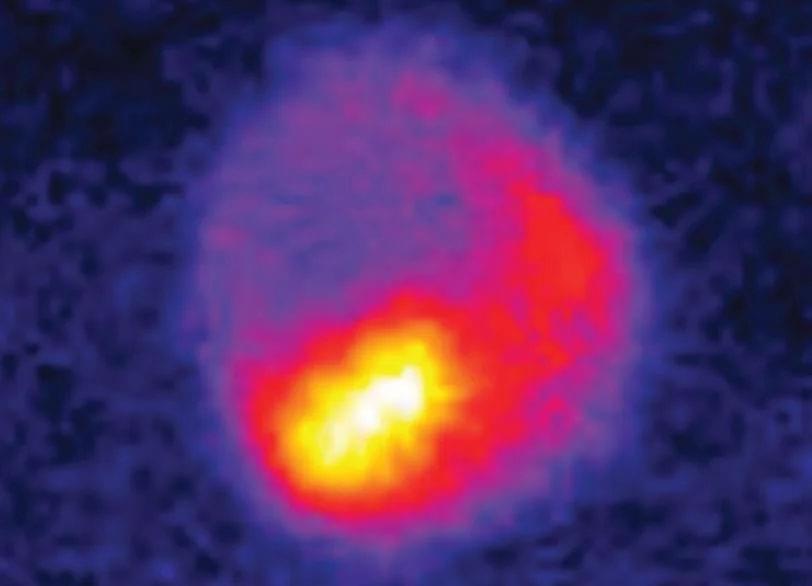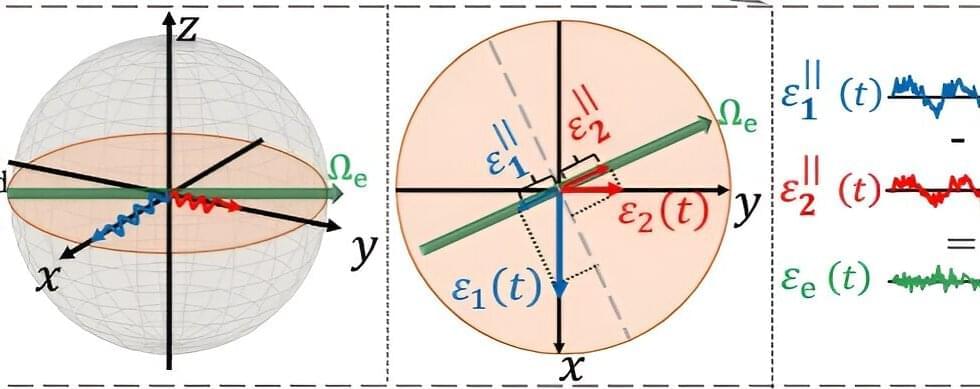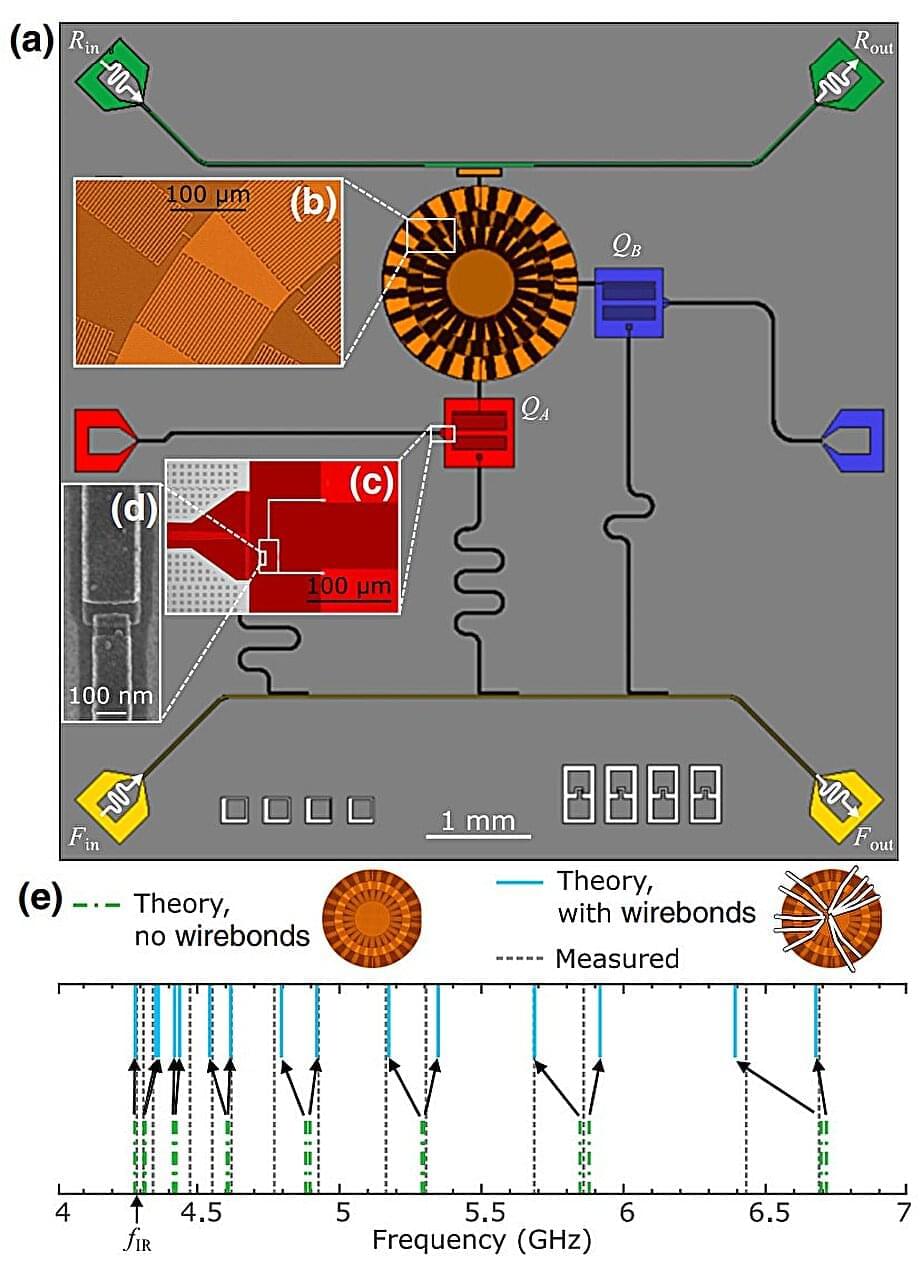Purdue University material engineers have created a patent-pending process to develop ultrahigh-strength aluminum alloys that are suitable for additive manufacturing because of their plastic deformability.
Haiyan Wang and Xinghang Zhang lead a team that has introduced transition metals cobalt, iron, nickel and titanium into aluminum via nanoscale, laminated, deformable intermetallics. Wang is the Basil S. Turner Professor of Engineering and Zhang is a professor in Purdue’s School of Materials Engineering. Anyu Shang, a materials engineering graduate student, completes the team.
“Our work shows that the proper introduction of heterogenous microstructures and nanoscale medium-entropy intermetallics offers an alternative solution to design ultrastrong, deformable aluminum alloys via additive manufacturing,” Zhang said. “These alloys improve upon traditional ones that are either ultrastrong or highly deformable, but not both.”
